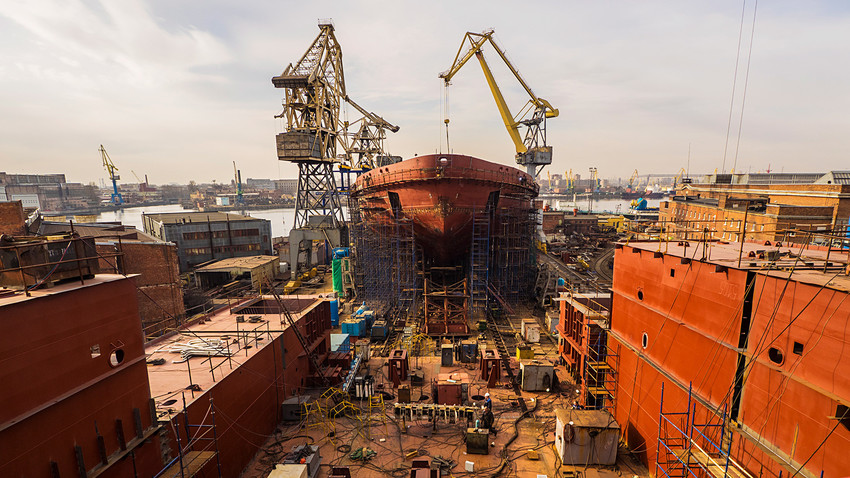Russia sets its sights on new nuclear aircraft carrier

The Russian Ministry of Defense is preparing a feasibility study on the development of a next-generation nuclear aircraft carrier.
“A feasibility study for a new aircraft-carrying vessel is currently being drafted and will be submitted to United Shipbuilding Corporation. It is proposed that the carrier be nuclear-powered,” reported Russian media, citing sources in the military-industrial complex.
According to one such source, R&D work on Russia’s first nuclear aircraft carrier will commence in 2023.
Island in the ocean
“The spec for such vessel can be stated succinctly: It should be an autonomous island in the sea,” says Dmitry Litovkin,
He says that although the project is to be delivered by the early 2030s at minimum, the military already knows what type of vessel the fleet will need.
“It should be a full-fledged floating fortress with a displacement of about 100,000 tons, like modern U.S. aircraft carriers, and around 300 meters long and 40 meters wide,” he adds.
Better than Admiral Kuznetsov
The new aircraft carrier will differ significantly from Admiral Kuznetsov in many aspects.
First, the deck. The new “fortress” is set to have at least two runways: one large, one small. The first will be a classic springboard design so that planes literally shoot up like a ski-jumper; the second will be flat for helicopters.
At the same time, the carrier should be fit for both “heavy” Su-57s and “light” MiG-35s. At present, only “ground” versions of these fighter jets exist, but in the coming
Furthermore, the deck of the new ship will be “bare” like its U.S. counterparts, making it able to accommodate around 90 fighters.
For this purpose, the superstructure from which operations are controlled (known in the military as the “island”) will be removed from the deck (like on Admiral Kuznetsov) and housed in the hull. This will both reduce radar visibility and “merge” the aircraft carrier with the horizon. A ship of this type should be as flat as possible so as to blend with the sea surface over a long distance.
The designers also face the task of reducing water resistance by strengthening the hull with new materials, so that carrier-based aircraft can take off and land even during a storm. In addition, for take-off in severe weather conditions, besides springboards, special catapults will also be on hand.
If using any of Russia Beyond's content, partly or in full, always provide an active hyperlink to the original material.
Subscribe
to our newsletter!
Get the week's best stories straight to your inbox